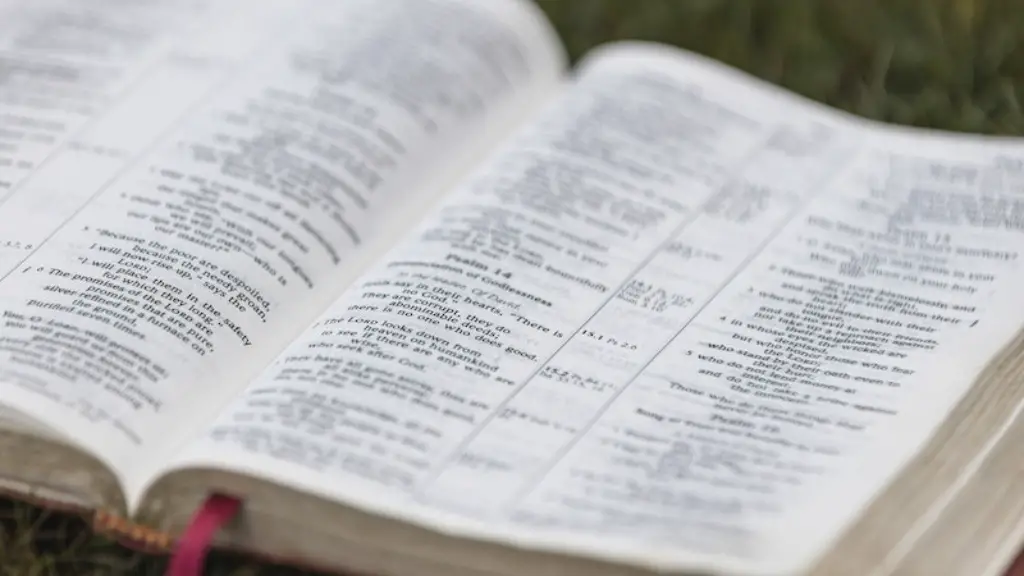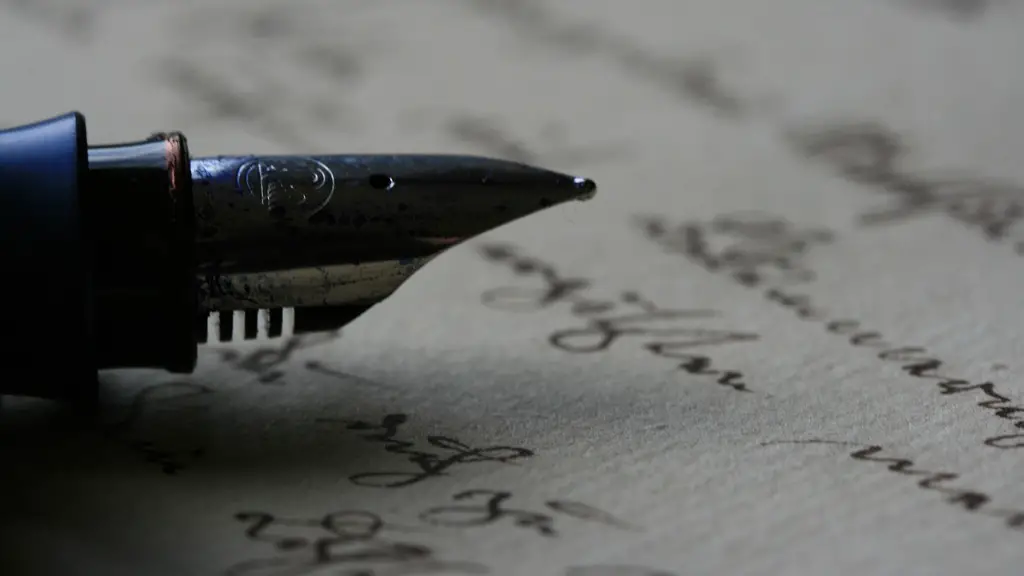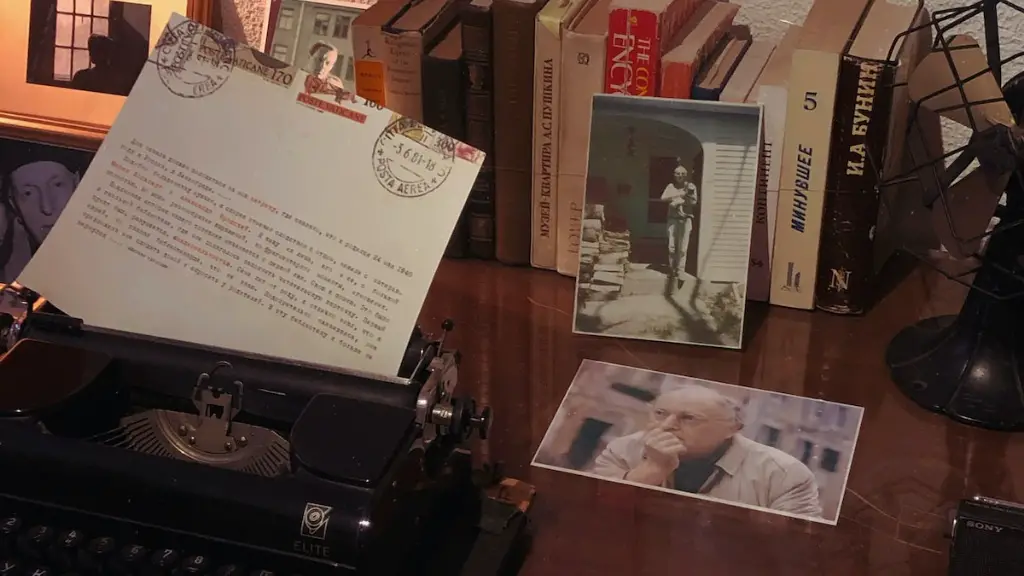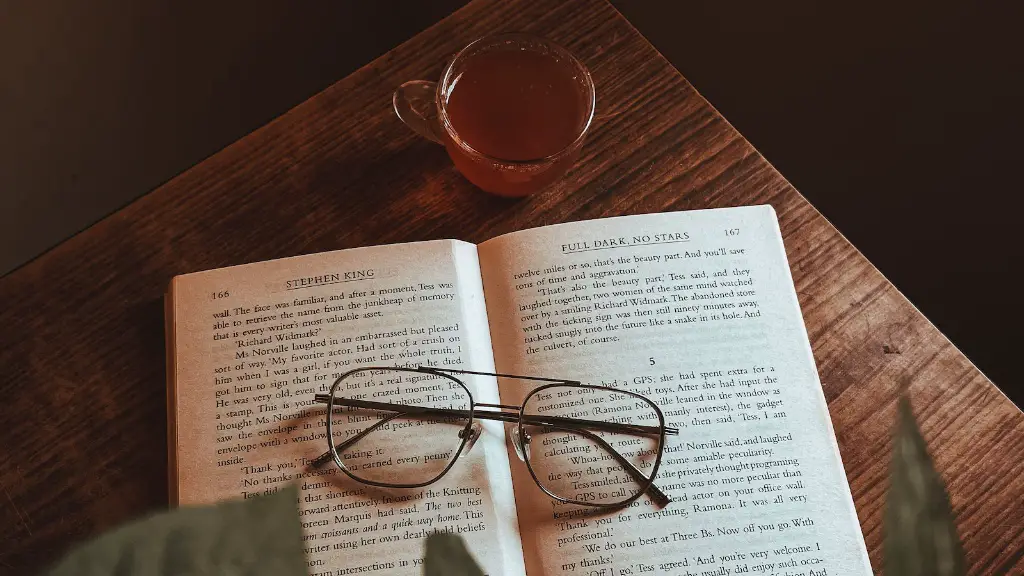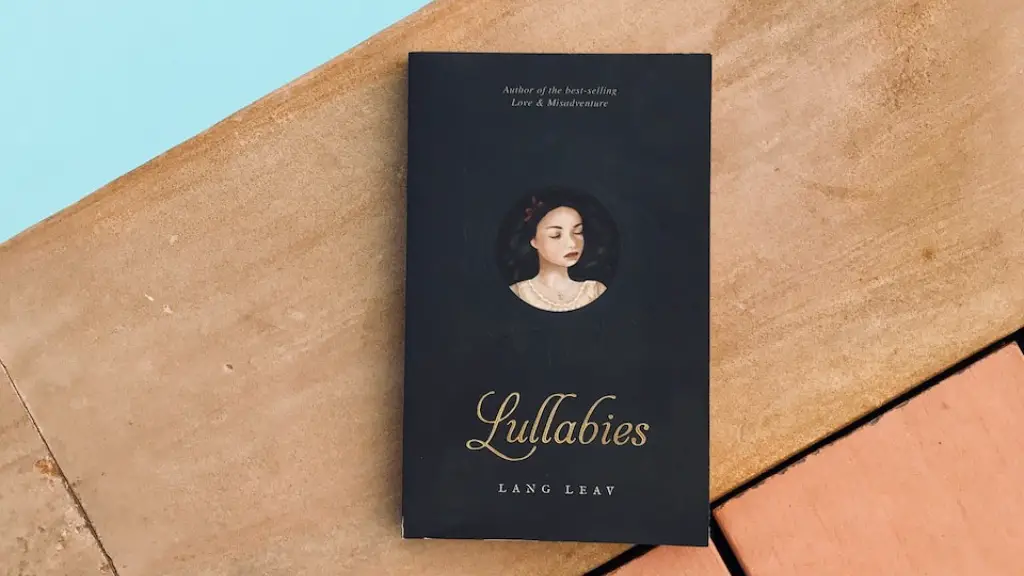Definition Of Traditional Poetry
Traditional poetry has been a part of literature for centuries and it is a form of writing that has still a powerful influence on many readers across the world today. Traditional poetry is usually defined as written works that follow certain conventions, such as structure and language. The language used in traditional poetry is often metaphorical, which can enable poets to express their thoughts and emotions through images, symbols and figures. Traditional poetry has a set of rules that typically guide its writing, such as the use of rhyme, meter and certain literary devices.
In traditional poetry, writers often use language that is lyrical and rhythmic in nature – writers often use rhyme schemes and meters to convey their thoughts and feelings. Using such forms of language can often create a musical quality that can be pleasing to the ear and eye. In some traditional poetry forms, such as the sonnet, the poet must use a certain number of lines, words and syllables in order to adhere to the conventions of the form. Traditional poetry also has a particular set of elements, such as syllables, rhyme and meter, that must be followed in order to maintain its conventions.
History Of Traditional Poetry
The term “traditional poetry” is usually used in reference to poetic works from a certain time period or culture. Traditional poetry has a long history and can be traced back to ancient times, when oral methods of storytelling were the primary form of entertainment. Many poems are based on mythological stories and folktales that have been passed down orally by generations. In the early days of traditional poetry, poetry was often seen as a way to teach moral lessons and to instill knowledge in the reader – this was a popular method of teaching in many cultures.
Traditional poetry has evolved over time, as different cultures and periods of history incorporated their own styles and conventions. Poets have often been inspired by the works of their predecessors, developing and adapting their own styles to create new and innovative forms of poetry. As an example, the sonnet is a popular poetic form that has been used by poets for centuries; this form was developed during the Italian Renaissance and has been adapted for use by many poets over the centuries.
Types Of Traditional Poetry
There are many different types of traditional poetry – some of the most popular styles include the sonnet, the ode, the ballad, the elegy and the lyric poem. Each type of traditional poetry has its own specific conventions, such as rhyme schemes, meter and other literary devices that must be adhered to in order for the poem to be considered “traditional”. For example, the sonnet is a type of traditional poetry that uses a specific rhyme scheme and meter – the poet must adhere to these conventions in order to create a true sonnet.
Other types of traditional poetry include the haiku, which is a form of Japanese poetry that is typically composed of three lines of verse. The limerick is another type of traditional poem that is often humorous and uses a specific rhyme scheme, as well as the villanelle, which is a type of poem composed of 19 lines, with a specific pattern of refrains. Traditional poetry also includes longer forms of verse, such as the epics, which are typically composed of multiple sections and can span hundreds of lines.
Themes In Traditional Poetry
Traditional poetry is often used to explore a wide range of themes, such as love, nature, death and morality. Poets often use traditional forms of poetry to explore these themes in an interesting and creative way, using language that often has a musical or lyrical quality. Additionally, some poets use traditional forms of poetry to explore political and social issues, such as racism or sexism, using these forms of language to draw attention to such topics.
In traditional poetry, the themes explored are often universal in nature, which makes them accessible and relevant to many different people. Additionally, traditional poetry often includes themes that are timeless, making them relevant and meaningful to readers across different cultures and time periods. By using traditional forms of poetry to explore such themes, poets are able to convey their message in an interesting and engaging way.
Benefits Of Traditional Poetry
Traditional poetry offers many benefits to both the reader and the author. Many readers find that traditional poetry can provide an emotional connection to the words, due to its musical and lyrical quality. Additionally, traditional poetry can provide readers with a glimpse into another time or culture, as many of these works are based on mythological stories and folktales. Furthermore, traditional poetry can provide a powerful form of self-expression, allowing poets to explore their own feelings and thoughts in a creative and meaningful way.
For authors, traditional poetry can provide a challenging and satisfying way to express their feelings. As traditional poetry often has specific conventions, such as rhyme and meter, poets must adhere to these conventions in order to create a successful poem. Additionally, traditional poetry can provide authors with a way to explore deeply personal themes, such as love, loss and mortality.
Techniques Used In Traditional Poetry
Traditional poetry often incorporates a wide range of literary techniques, such as metaphor and alliteration. Poets often use these techniques to create vivid images and to portray deeper meanings. Additionally, traditional poetry often uses rhetorical devices, such as hyperbole, to create an impactful and memorable effect. By incorporating a variety of such techniques, poets can often create powerful and moving works of art.
Another technique often used in traditional poetry is the use of rhyme and meter. Rhyme is a poetic device that has been used for centuries, and is often used to emphasize certain lines or words in a poem. Similarly, meter is a poetic device that involves counting the number of syllables in a line in order to create an interesting effect, as well as to draw attention to certain meanings or ideas.
The Impact Of Traditional Poetry
Traditional poetry has been an influential form of literature for centuries and many readers are still drawn to its unique charms. Although traditional poetry may not be as popular as other forms of writing, it still has a strong influence on many readers. Traditional poetry can provide readers with an emotional connection to the words, as well as a glimpse into another culture, time period or mindset. Additionally, traditional poetry can provide writers with a challenging and rewarding form of self-expression.
The continued popularity of traditional poetry is a testament to its timelessness and its ability to impact readers. Traditional poetry, with its lyrical and musical language, is often able to speak to our hearts in ways other forms of writing cannot. Due to this, traditional poetry has been, and continues to be, an influential form of writing.
The Influence Of Traditional Poetry
Traditional poetry has long been a part of literature and its influence can be seen in many different forms of writing. Traditional poetry has inspired other forms of literature and has been used as a source of influence for many authors, including William Shakespeare, Robert Frost and Emily Dickinson. Additionally, traditional poetry has often been seen as a source of inspiration for musicians and popular music, such as Bob Dylan and The Beatles.
Traditional poetry has also been used to influence the wider world and to bring about social change. Many poets have used traditional forms of poetry to explore complex themes and to bring attention to important topics such as racism, sexism and poverty. Through their use of language and imagery, these poets have been able to bring attention to these issues and to create powerful works of art that have had a lasting impact.
The Future Of Traditional Poetry
Although traditional poetry has been around for centuries, its popularity is still relatively strong amongst readers and writers alike. Traditional poetry has often been seen as a way to express oneself in an interesting and creative way, as well as to explore important topics. As a result, many poets continue to create powerful works of traditional poetry and readers continue to be drawn to its unique charms.
Despite the evolving nature of literature, traditional poetry will likely continue to be popular amongst readers and writers alike. Traditional poetry is an influential form of writing that continues to have a powerful influence on culture, art and society. Additionally, traditional poetry will continue to evolve as poets explore new and innovative ways of expressing their thoughts and feelings.
